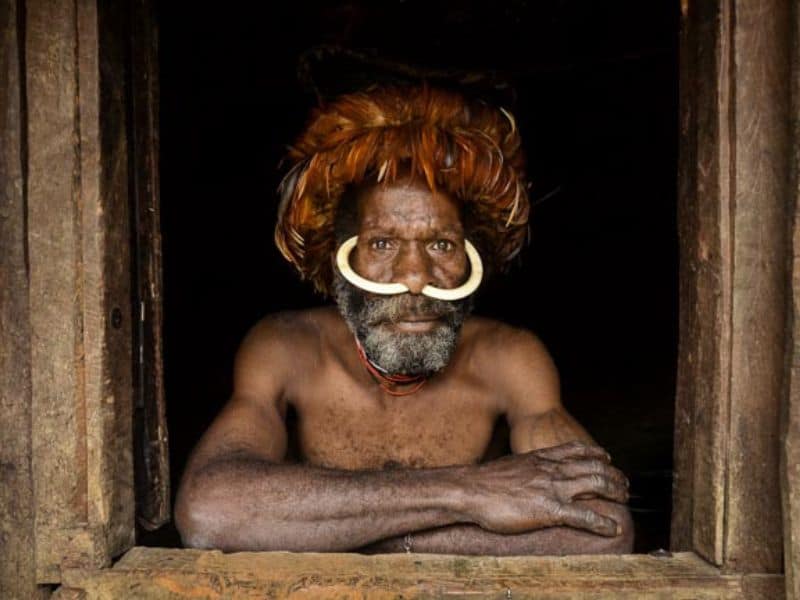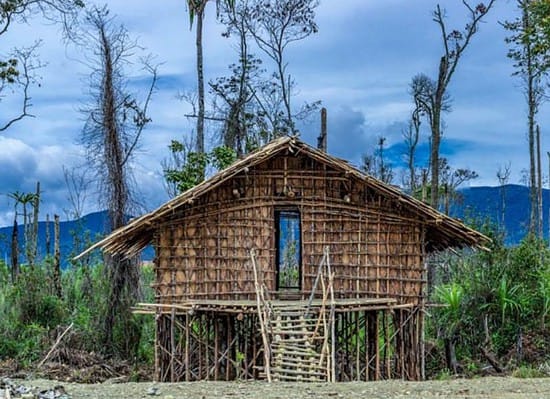Papuan traditional clothing is still preserved today, check out the types, characteristics and functions below.
Indonesia is a large country with a high level of diversity, this can be seen from the existing culture.
Different regions, the culture will also be different. Each region has unique characteristics and cultural characteristics, such as musical instruments, buildings and traditional clothing.
In the eastern region, traditional clothing is still preserved today. Climatic and regional characteristics are of course the main basis for forming clothes. In fact, Papua has a variety of traditional clothing.
Make no mistake, it has deep philosophical and historical meaning. These values are what make Papuan traditional clothing so distinctive. So that you don't get the wrong meaning, let's learn about traditional Papuan clothing first!
Papuan Traditional Clothes
Papua is one of the large islands in Indonesia. The geological condition of Papua Island, which is in the form of a valley with many steep cliffs, isolates various tribes and encourages cultural diversity.
This also causes Papuan traditional clothing to have many types. Traditional Papuan clothing includes the Yokal Traditional Clothes, Sali Clothes, Koteka, Kurung Baju and Tassel Skirts, and Grasscloth Clothes. Each traditional clothing has its own characteristics and uniqueness.
Apart from the five traditional clothes that have been explained, tribes in the Papua region also wear dozens, even hundreds of different types of traditional clothes. The 5 types of traditional Papuan clothing listed below are the most popular clothing.
Also read later:
Types of Irian Jaya Traditional Clothes
Each Papuan traditional clothing has its own unique history which we will discuss briefly below.
1. Yokal traditional clothing
Yokal traditional clothing consists of braided tree bark wrapped around the body as a sign that the wearer is a married woman. The color of this clothing is generally earthy brown.
Travela, Yokal traditional clothing is worn by many tribal communities in West Papua. This traditional Papuan traditional clothing was previously only worn during ceremonial rituals.
Initially, only married women wore Yokal clothes at traditional gatherings.
2. Koteka
Travela, Koteka literally means “Clothes”. Koteka is known as Horim or bobbe. The shape is long like a sleeve, with a tapered tip resembling a cone or carrot stick. Koteka Ended with partridge feathers or bird feathers. Traditional Papuan clothing has been worn for thousands of years.
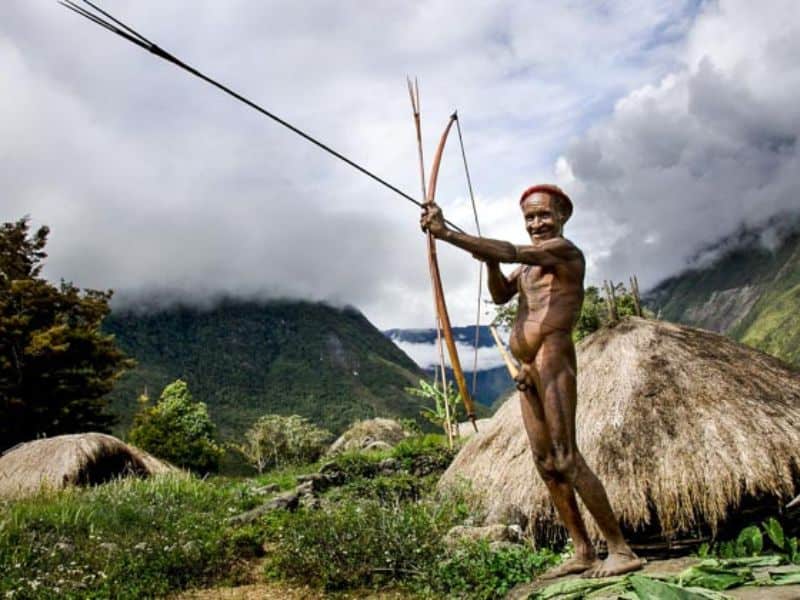
Ancient people living in the hills of Central Papua have long worn traditional clothing made from pumpkin skin whose seeds are collected and dried until it hardens before being tied in such a way that it forms a long curved shape.
Each tribe has a unique koteka style. For example, the Dani tribe uses a smaller koteka, while the Yali tribe uses a longer koteka.
3. Kurung Shirt and Tassel Skirt
Sack clothes and tassel skirts are usually combined with other equipment to create a more harmonious appearance. There are bracelets and necklaces made from hard seeds, as well as headbands made from bird feathers.
Travela, Baju brackets and tassel skirts are typical Papuan women's traditional clothing which is now usually worn at festivals and cultural events. Initially, traditional Papuan clothing was not only used for traditional events. Many tribes in Papua wear this shirt as part of their traditional clothing.
4. Sali Clothing
Sali is a piece of woven material wrapped around the body to indicate that the user is still unmarried. The color of sali clothes is brighter compared to yokal clothes.
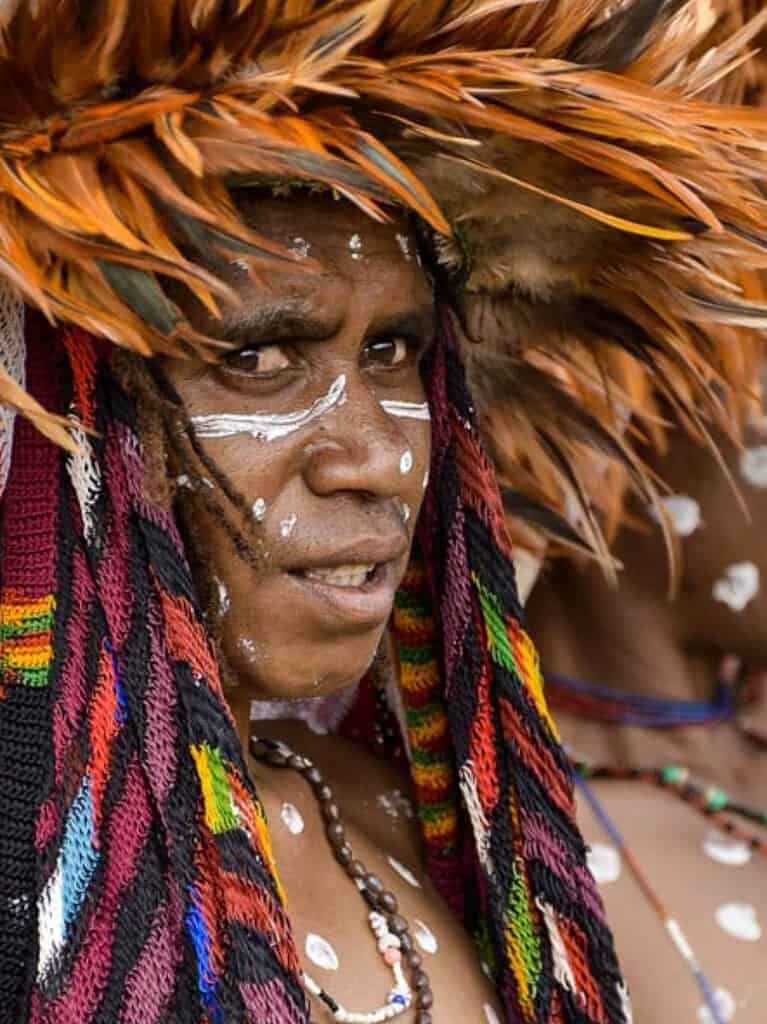
Single women in the Biak, Nafri and Sentani tribes often wear Sali clothing. Sali clothing is traditionally used to differentiate between single women and married women.
Traditional Papuan clothing is still worn for daily activities. According to customary law, married women are not allowed to wear Sali clothes.
5. Grass Cloth Shirt
Historically, grass cloth clothing was used in Papua because of the abundant sago plant resources. Dried sago leaf shoots are used as clothing by many people in Papua, apart from being a food ingredient.
Characteristics and Characteristics of Traditional Clothing
Each of the traditional Papuan traditional clothes listed above has its own style and quality. Koteka, for example, covers the genitals of male Papuans and leaves the rest of the body exposed, almost naked.
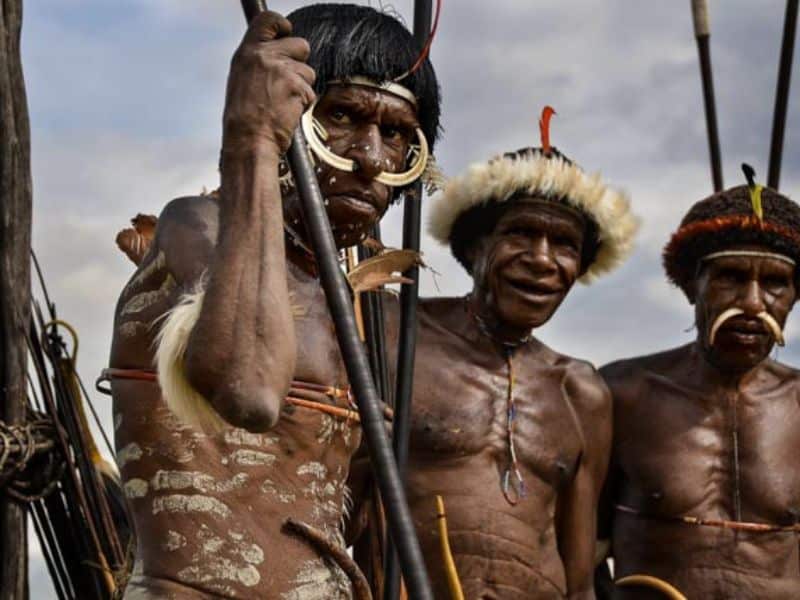
Koteka Traditional Clothes are the most popular type of Papuan traditional clothing and are worldwide. Meanwhile, Baju Kurung is influenced by civilizations other than Papua and is usually worn by women in Manokwari.
Women in Papuan indigenous groups usually wear additional decorations when wearing traditional Papuan clothing. Feather tassel decoration around the waist, arms and neck.
Yokal traditional clothing is distinguished by its unique reddish brown color, and can be found throughout the interior of Papua. This clothing is considered to represent the Papuan people's closeness to nature.
The main characteristic of grasscloth clothing is its tufted shape, which can be used as a bottom or skirt. Women wear grass cloth as bottoms.
What is the function of traditional clothing?
As previously stated, apart from having distinctive characteristics, traditional Papuan clothing has a specific purpose.
Koteka Traditional Clothes, for example, have the main purpose of covering the genitals of adult men. Yokal and Sali clothing are examples of traditional clothing that can be used to show a woman's marital status.
In addition, traditional clothing such as clothes brackets and tassel skirts are worn at local traditional parties and celebrations. Brackets and tassel skirts have recently been used as costumes for pre-wedding photos to show appreciation for the cultural diversity of the archipelago.
The following is a brief explanation of the characteristics, functions and history of various types of traditional Papuan clothing.
Read other information here:
- List of 8 Most Famous Indonesian Traditional Clothing
- Ma Nene Tradition of the Toraja Tribe, Ritual of Changing Clothes
Traditional clothing materials from Papua
So, Koteka clothes are made from water gourd skin that has had its seeds and fruit removed. Sali and Yokal clothing is made from dried tree bark or sago leaves.
One of the conditions is that the bark of the tree must be brown. Meanwhile, clothes are made from dried sago leaf grass. The sago leaves used as ingredients must be consumed when sea levels are high. Sago leaves are dried and soaked before weaving.
So in conclusion, traditional Papuan clothing is worn during traditional ceremonies, daily life, festivals, and to celebrate the cultural diversity of the archipelago.
If Travela is curious and wants to help preserve traditional culture by wearing traditional Papuan clothing, you can do so at a number of tourist attractions in Papua.
